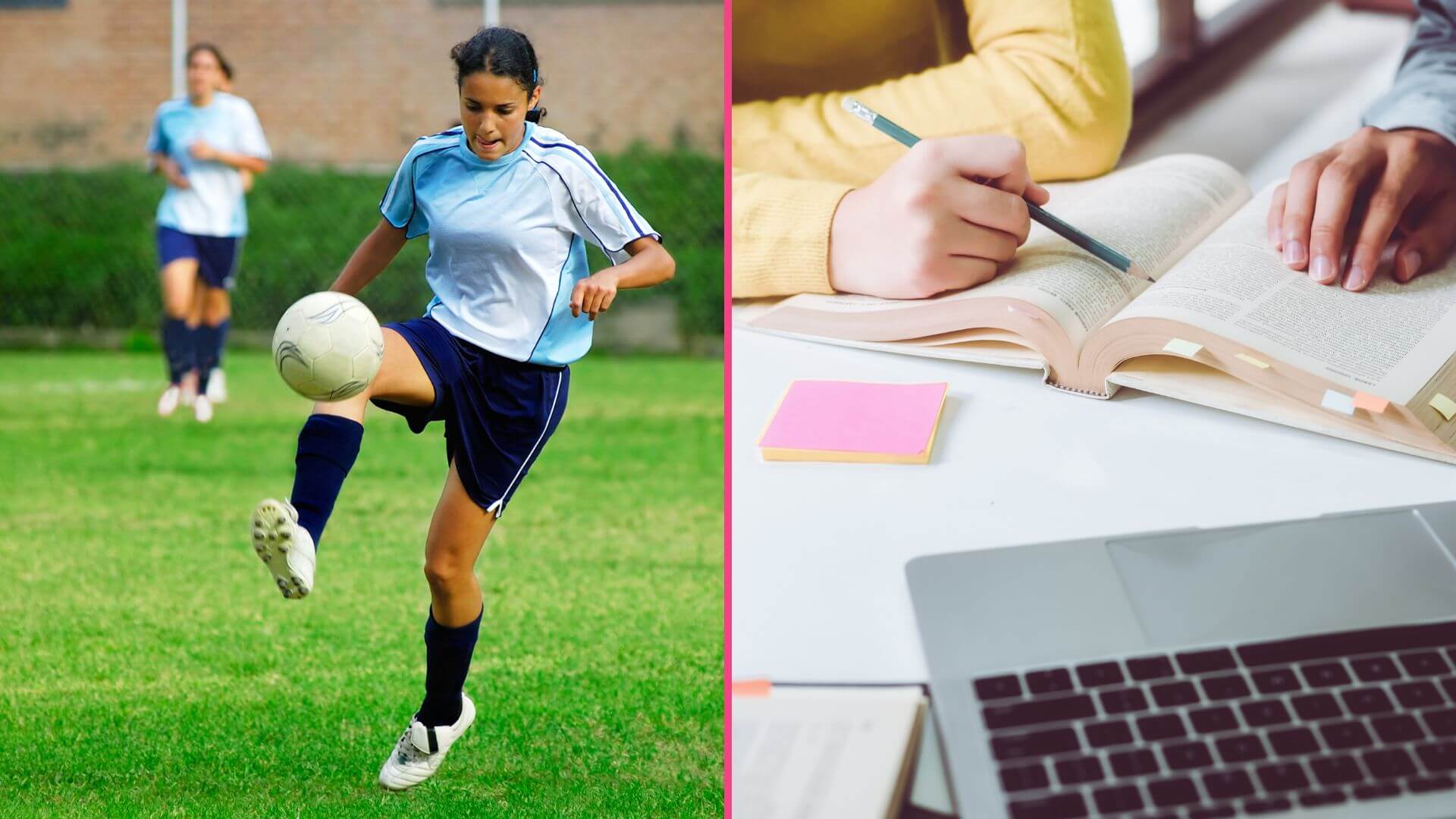The Importance of a Competitive Training Environment
In 2021, I wrote one of my first articles for Girls Soccer Network on hard work versus competitiveness. One particularly influential moment in my athletic journey came when my soccer coach emailed me and my team a video of Duke Women’s Basketball Coach Kara Lawson’s pre-training speech. Her words resonated deeply with me and became a guiding principle throughout my athletic career. As Lawson emphasized, competition is a powerful motivator that drives individuals to put in extra effort and strive to achieve their goals.
My article in 2021 focused on game-time competitiveness. During a competition that year, I realized I wasn’t tapping into my full potential or aiming to reach higher heights. When I finally did, I not only won the event but also surprised the coaching staff with the level of technical skill I demonstrated.
When coaches truly believe in their athletes, not just with words but through their actions and challenge them consistently, great things can happen. Creating a competitive training environment enables athletes to push themselves beyond existing limits, fostering innovation, creativity, and a winning sports culture.
What does a competitive training session or environment look like? For me, it includes the following elements:
1. **Incorporating Competition into Drills and Training:** Adding a competitive element to every drill and training session by including scoring components or time constraints. I set weekly, monthly, and seasonal goals for myself to have records to break and to continuously push my limits.
2. **Seeking Coach Feedback:** I am identifying areas where I struggle and finding ways to turn these weaknesses into strengths. For example, two years ago, my footwork needed improvement. Now, my footwork as a goalkeeper and my movement with the ball at my feet usually grab coaches’ attention first. This improvement came from lots of futsal and field player training.
3. **Maintaining the Right Attitude:** Embracing the challenges in training. For me, the harder the drill or training session, the bigger the reward. It becomes fun and enjoyable to be challenged and prove to myself and others that there are no limits to what can be achieved.
However, if the coaching or club mentality is centered around a “win-at-all-costs” culture, the topic of creating a competitive training environment becomes controversial. This approach can harm athletes as it often focuses on the wrong competitive reasons and promotes a toxic environment. Fear is never a way to promote long-lasting success. We lose athletes when this is the message, such as making a player run as punishment after a lost match or singling a player out. True competitiveness should inspire and build up athletes, not break them down.
As Coach Kara Lawson shared, you can force someone to work hard but can’t force someone to compete. To truly compete and be all in, you have to want it. Competitive athletes are willing to give more, fail, and go again. They are willing to go beyond working hard, allow others to push them to new limits, and then push teammates to do the same.
As a captain of my team, my goal this season is to replace hard work as a habit with making competition the habit. The aim is to create an environment where competing is the standard that everyone aspires to. It is important to want everyone to work hard, but we should also want more and demand more.
I ended my last article in 2021 with a Michael Jordan quote, and I still feel it’s the best way to conclude: “Some people want it to happen, some wish it would happen, others make it happen.”
COMPETE!
_
GIRLS SOCCER NETWORK: YOUR SOURCE FOR GIRLS SOCCER NEWS













